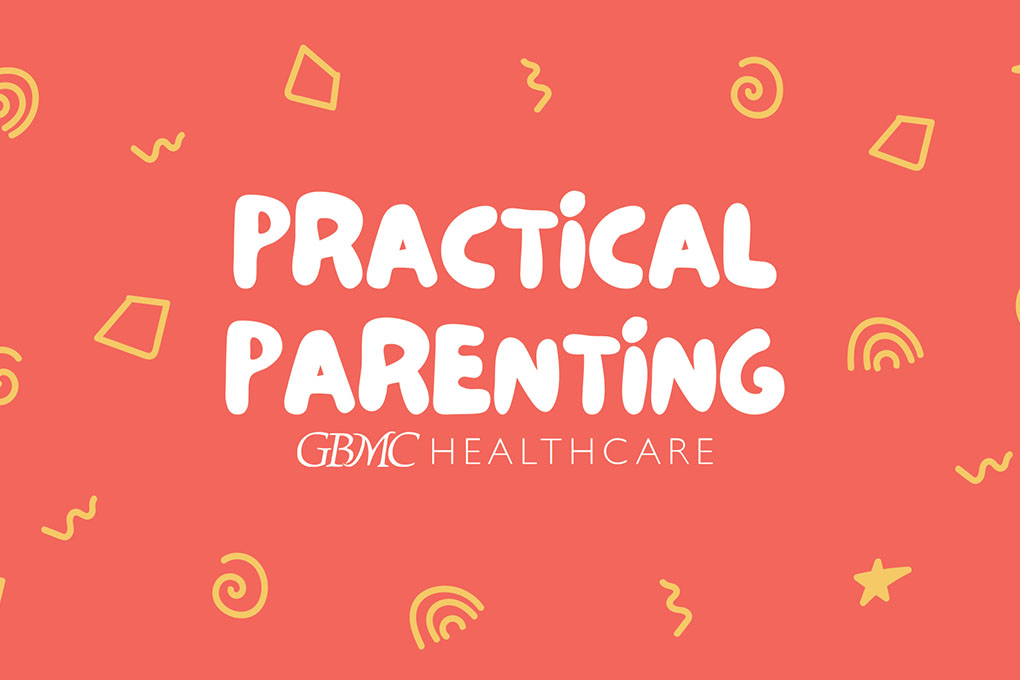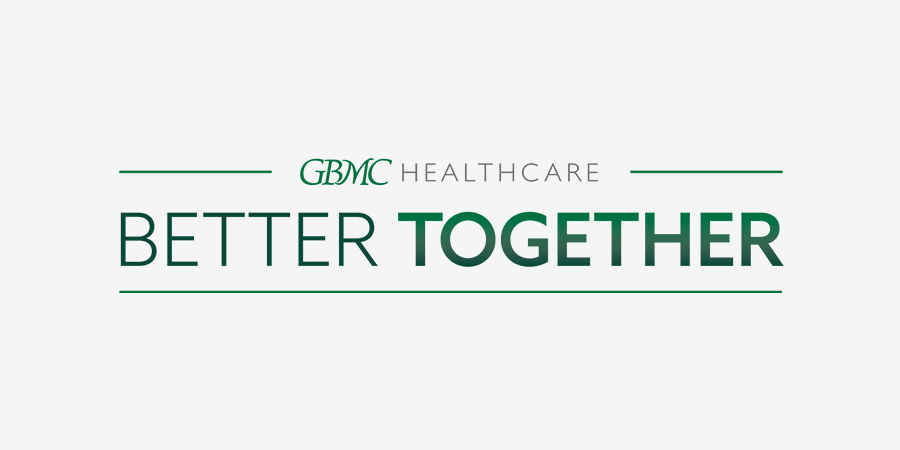Everything you should know about school physicals
July 8, 2016
In many ways, results from a physical are the most important report card a parent and child will receive.
"It's an assessment of their whole health," said Dr. Tim Doran, a pediatrician with Greater Baltimore Medical Center. "We really deal with the entire spectrum of their physical and mental well-being. All of that is really important."
While requirements vary based on school district, nearly all schools require that children between the ages of four and 17 undergo annual physicals or “well-checks” that include immunizations and vision/hearing tests. The American Academy of Pediatrics recommends that children have an annual physical exam throughout adolescence.
All children need an updated immunization record to attend Maryland public schools. The schedule of immunizations begins at birth and goes into late adolescence. Because immunization requirements change frequently, an annual physical is an opportunity to ensure that your child is up to date. Your child's primary care physician will have an accurate account of their vaccine records and can assist in filling out the requisite school forms.
The doctor-patient relationship
Having an annual physical can also help your son or daughter establish a happy and healthy relationship with his or her primary care physician. Take this opportunity to ask your child’s doctor to address any concerns you may have about health, weight, nutrition, safety, exercise, rest, and even attitude, peer pressure and feelings.
A sports physical is different
An annual physical administered by a child's primary care physician differs significantly from a sports physical performed at an urgent care facility. Physicals performed by doctors at GBMC are considered health supervision visits.
"It's not just a person looking at you for five minutes and saying, ‘OK, you want to go to camp' and filling out your paper and sending you out the door," said Dr. Robin Motter, a family practice physician with GBMC. "It's about forming a relationship so that when there is something wrong, and you, as the patient, go back to see that person, you do have some type of relationship."
Mental health and safety
During an in-depth annual physical, doctors inventory a patient's physical development and cognitive well-being. As a patient ages, the range of issues a doctor screens for does as well. The more familiar a doctor is with a child, the more effective they can be at coaching him or her to make smart choices.
"Usually at the end of the visit, there's something we do called ‘anticipatory guidance’," Doran said. "Safety issues are a huge part of that. When they ride a bike do they wear helmet? Do they wear a seat belt when they are in the car?"
Fighting obesity
When patients see a doctor annually, medical professionals have an opportunity to stay ahead of health problems and address them at the outset. Among these is the growing epidemic of childhood obesity. According to the Centers for Disease Control and Prevention, about 17 percent of children and adolescents ages 2-19 are obese.
"We chart their growth on a yearly basis," Doran said. "That's a very critical activity that we do. So we can see if they're having upticks in their weight and begin to approach being overweight or obese. In that kind of a situation we can provide nutritional counseling." This type of counseling can help prevent the development of Type 2 diabetes and other conditions in the future.
Well-child visits often are covered 100 percent
Physical exams also include screening for hearing loss, vision impairment, depression, anxiety and substance abuse among other issues. A child's annual physical exam is generally covered by an insurer — often without charge.
The changes a child's body goes through over 365 days are significant. Because of that, Motter said, "going for an annual tune-up is a good thing."
— Brendan Murphy for Greater Baltimore Medical Center






